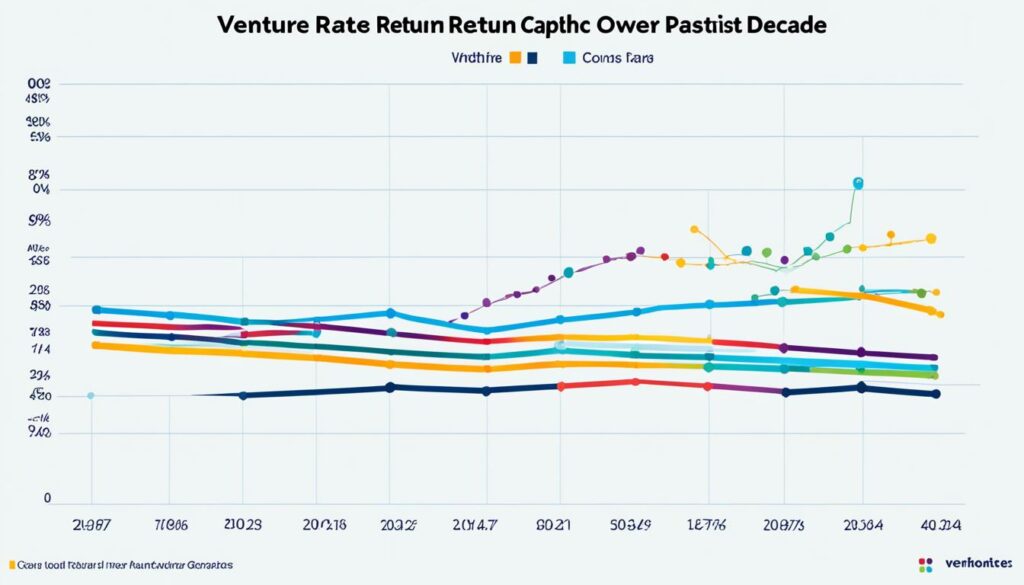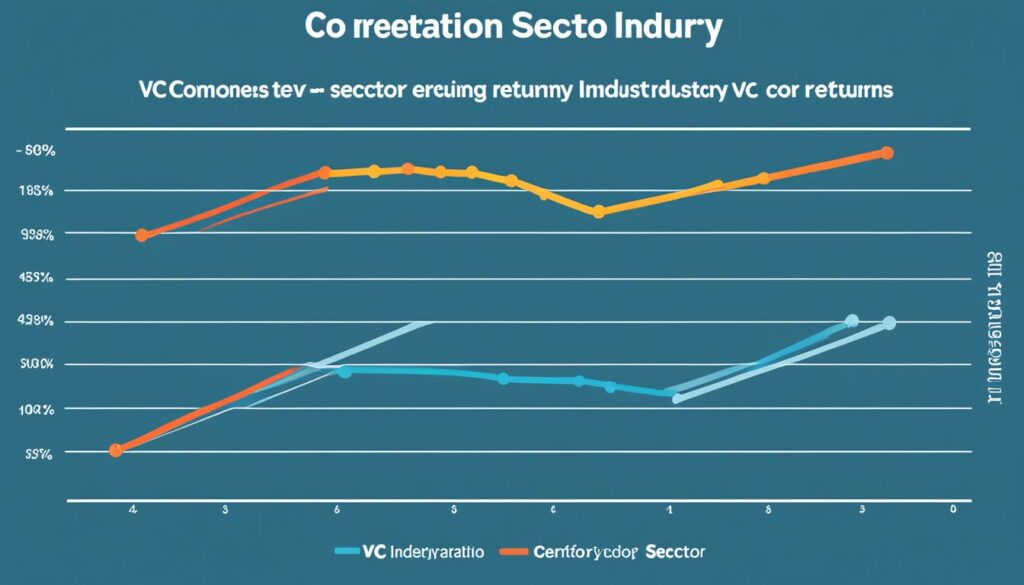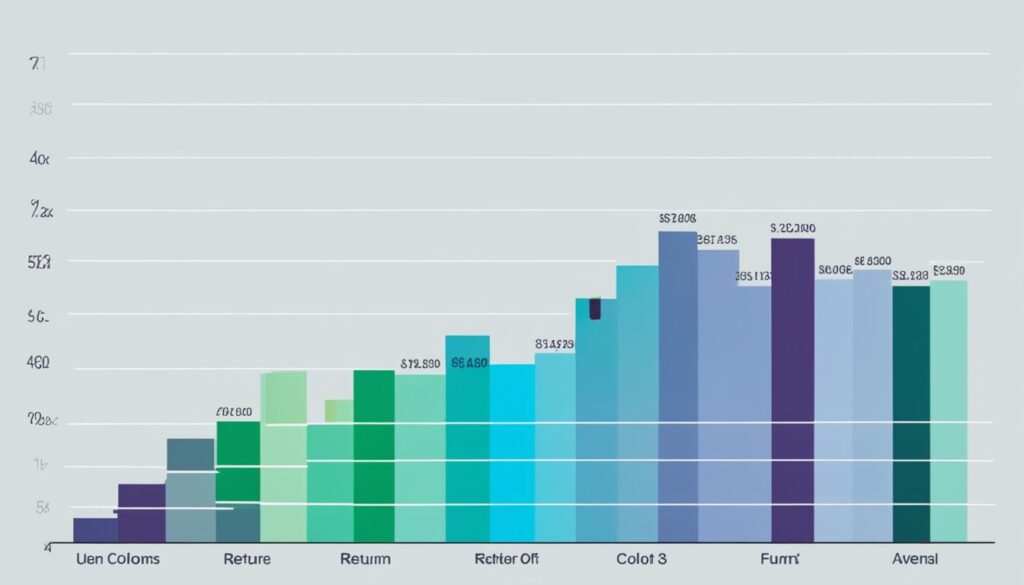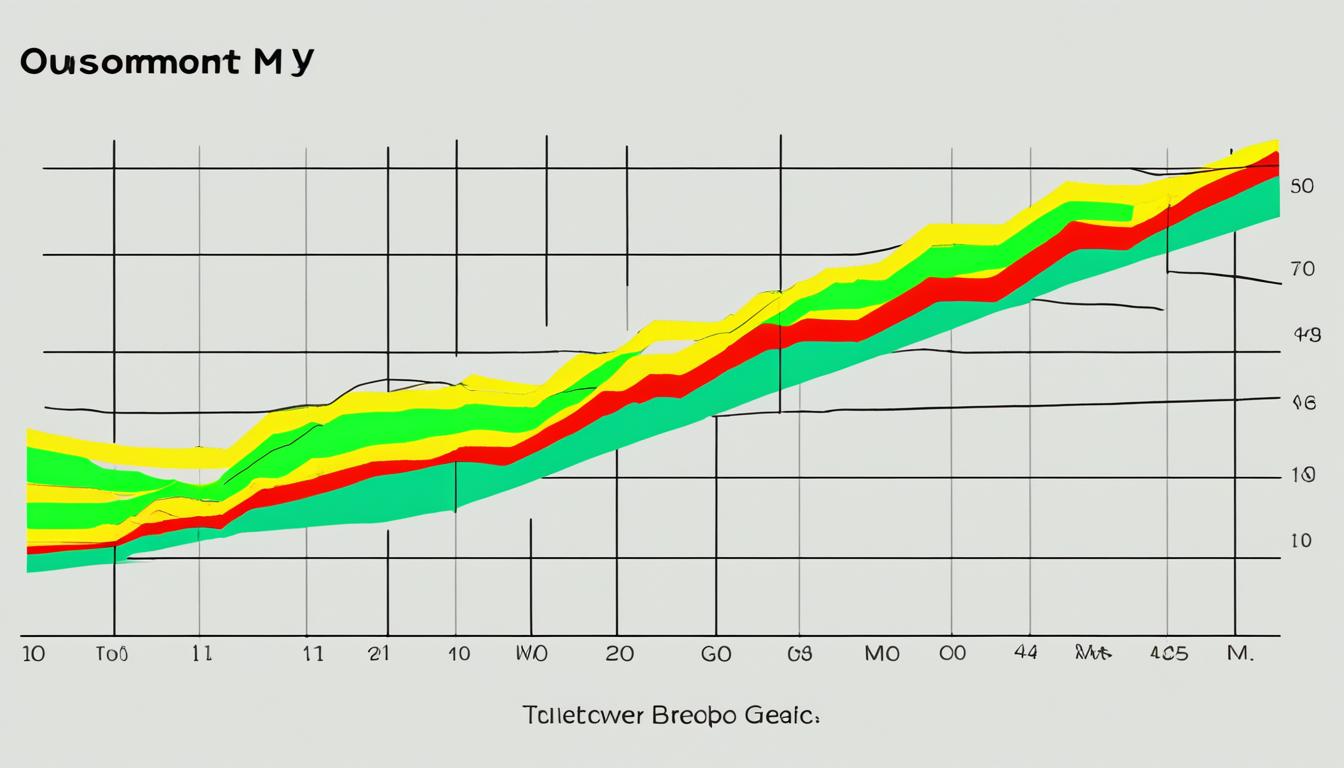Are you curious about the potential returns of venture capital (VC) investments? While the prospect of outsized gains may seem enticing, the reality is often more nuanced. According to research by NBER Research Associate John Cochrane, the average return on VC investments is not as high as commonly believed. In fact, after adjusting for the selection bias of only counting successful firms that went public or were acquired, Cochrane found the mean annual return on VC investments is a still impressive, but more modest, 57 percent.
So, what exactly does this mean for investors seeking to access the potential upside of the venture capital market? In this article, we’ll explore the average returns on venture capital firms, the factors that drive VC performance, and why the industry exhibits such a wide range of outcomes. By the end, you’ll have a better understanding of the typical returns for venture capital investments and whether VC might be the right fit for your portfolio.
Key Takeaways
- The average annual return on venture capital investments is 57% after adjusting for selection bias, much lower than the 700% return before the adjustment.
- Venture capital investments carry significantly more risk than public market investments, with an annual standard deviation of around 100%.
- Top quartile VC funds have generated annual returns of 15-27% over the past decade, outperforming the S&P 500, but bottom quartile funds have struggled to match public market returns.
- Factors like fund size, timing of capital calls, and management fee structure can all impact the returns achieved by VC investors.
- The wide dispersion of VC fund performance highlights the importance of fund selection and diversification for investors seeking exposure to this asset class.
Understanding Venture Capital Returns
Venture capital (VC) investments carry more risk than most investments in the public market, but also have the potential for much higher returns. However, estimates of VC returns can be misleading because they typically only reflect the performance of firms that have gone public or been acquired, ignoring those that have stayed private or gone bankrupt. To accurately estimate the true average return on understanding venture capital returns, researchers must include both the “winners” and “losers” in their analysis.
Venture Capital Investments Carry High Risk and High Potential Rewards
The high risk high reward venture capital investments characteristic of the VC industry stems from its focus on backing innovative startups with disruptive ideas. While these high-growth companies have the potential to generate outsized returns, many also fail, leading to significant volatility in VC fund performance.
Adjusting for Selection Bias: The True Average Return
To adjust for the adjusting for selection bias in venture capital returns, John Cochrane, a research associate at the National Bureau of Economic Research (NBER), found that the mean annual return on VC investments is 57 percent. This is still very high compared to the public markets, but less dramatic than the 700 percent average return before the bias correction.

Historical Performance of Venture Capital Funds
The historical performance of venture capital (VC) funds has been a topic of significant interest for investors seeking to access the potential upside of this asset class. According to research from Cambridge Associates, the top quartile of VC funds have generated average annual returns ranging from 15% to 27% over the past 10 years, outperforming the 9.9% average annual return of the S&P 500 index.
Top Quartile VC Funds Outperform Public Markets
However, the performance of VC funds has a wide dispersion, with bottom quartile funds only generating low single digit returns, underperforming the public markets. This wide range of returns underscores the importance of fund selection for investors looking to maximize their exposure to the venture capital asset class.
Distributed to Paid-In (DPI) and Total Value to Paid-In (TVPI) Ratios
Investors also commonly assess VC fund performance using the Distributed to Paid-In (DPI) ratio, which measures the total capital returned to investors divided by the amount invested, as well as the Total Value to Paid-In (TVPI) ratio, which includes both returned capital and any remaining value in the fund. These metrics provide a comprehensive view of a VC fund’s ability to generate and return profits to its limited partners.

Factors Affecting Venture Capital Fund Returns
The performance of venture capital (VC) funds is influenced by several key factors, including the timing and flow of capital into the fund, as well as the management fee structure and level of general partner (GP) commitment.
The Impact of Timing and Capital Calls
The timing and flow of capital into a VC fund can have a significant impact on the fund’s internal rate of return (IRR) for investors. Funds that make more frequent, smaller capital calls tend to generate higher IRRs than those with larger, less frequent calls, as it minimizes the opportunity cost for limited partners.
Management Fee Structure and GP Commitment
Additionally, VC fund managers can boost returns by reducing their management fee payouts and instead investing that capital alongside their limited partners, aligning their interests and increasing the assets under management that generate carried interest. The level of general partner (GP) commitment to the fund is also an important factor, as it demonstrates the team’s confidence in the strategy.
By understanding these factors affecting venture capital fund returns, timing and capital calls for venture capital, and management fee structure and GP commitment in venture capital, investors can make more informed decisions when selecting VC funds to maximize their potential for outsized returns.

The Dispersion of Venture Capital Returns
The venture capital industry is characterized by a wide dispersion of returns across funds. While the top quartile of VC funds generate average annual returns of 15-27%, the bottom quartile only achieve returns in the low single digits. This variation is much wider than in the public equity markets, where the top and bottom quartiles differ by only about 10 percentage points. The wide range of VC fund performance highlights the importance for investors to carefully select the right funds and managers, as the potential upside of top-performing funds is offset by the risk of being in a poorly performing fund.
| Venture Capital Fund Performance | Average Annual Returns |
|---|---|
| Top Quartile VC Funds | 15% – 27% |
| Bottom Quartile VC Funds | Low Single Digits |
| S&P 500 Index | 9.9% |
The wide dispersion of venture capital returns and the wide range of VC fund performance underscore the need for investors to thoroughly research and select the right VC funds and managers to maximize their potential returns while mitigating the inherent risks in this asset class.

What is the average return on a VC firm?
According to the research by John Cochrane, the average annual return on venture capital (VC) investments is 57 percent, after adjusting for the selection bias of only counting successful firms that went public or were acquired. This is still very high compared to the public markets, where the S&P 500 index has generated an average annual return of around 10 percent over the same period.
Comparing VC Returns to Public Markets
The average returns on venture capital firms suggest that VC investments can significantly outperform the broader public markets. However, this high level of performance comes with commensurately higher risk, as the venture capital industry exhibits a much wider range of fund-level returns.
The Wide Range of VC Fund Performance
While the top quartile of VC funds have generated average annual returns ranging from 15% to 27% over the past 10 years, the bottom quartile of funds only achieve returns in the low single digits, often underperforming the public markets. This wide dispersion underscores the importance of careful fund selection for investors looking to access the potential upside of venture capital.

The Size of Venture Capital Funds and Performance
Recent research has found that as venture capital funds grow in size, their performance tends to suffer. Once a VC fund reaches $400-500 million in size, its ability to generate “venture-type” returns starts to decline. Smaller VC funds (under $400 million) have achieved average annual IRRs of 19-20%, compared to just 7.2% for large VC funds ($400 million to $1 billion) and an abysmal 2.4% for mega-funds over $1 billion. This is because it becomes increasingly difficult for the largest VC firms to find and support enough high-potential startups that can generate the outsized returns needed to justify their size. As a result, investors looking to maximize their returns in venture capital are better served by diversifying across multiple small and mid-sized VC funds rather than concentrating in a few mega-funds.

Small and Mid-Sized VC Funds Outperform Mega-Funds
The data clearly shows that small and mid-sized VC funds outperform mega-funds in terms of generating strong returns for investors. This trend underscores the importance of fund size and selection when investing in the venture capital asset class. Investors who seek to maximize their returns are better off diversifying across a portfolio of smaller, more nimble VC funds rather than concentrating in a few large, unwieldy mega-funds.
The Long-Term Nature of Venture Capital Investing
Venture capital investing is a long-term proposition, with VC funds typically having a 10-year investment horizon. This extended timeline is necessary to allow portfolio companies the time to grow and scale before potentially exiting through an initial public offering (IPO) or acquisition. In fact, VC-backed companies go public on average 5.3 years after their first venture capital investment, underscoring the long-term nature of venture capital investing.
Average Hold Periods and Exit Timelines
The long hold periods required in venture capital are crucial to enable portfolio companies to realize their full potential and generate outsized returns for VC investors. This patient approach contrasts with the more rapid investment and exit cycles common in the public markets. Venture capitalists are willing to let their investments gestate over many years, understanding that the long-term nature of venture capital investing is a key factor in achieving consistently superior returns.
The Role of Carry in VC Fund Returns
In addition to the long-term investment horizon, the carried interest or “carry” structure used by VC firms also shapes their approach to value creation. By reinvesting a portion of their profits back into their portfolio companies, VC firms align their interests with those of their investors. This carry allows the general partners to continue participating in the upside of successful investments even after the initial investment period, further incentivizing them to nurture their companies to full maturity.

Diversification and Venture Capital
The rise of private markets has provided new opportunities for investors to diversify beyond the public equity and fixed income markets. One way to access the potential returns of venture capital while achieving diversification is through venture capital funds of funds. These vehicles allow investors to deploy capital across a number of different VC funds, providing instant exposure to a portfolio of dozens or even hundreds of underlying private companies.
This diversification can help mitigate the risk inherent in VC investing, where the returns are highly skewed with a small number of “home runs” driving the majority of the upside. Funds of funds are helping to democratize access to the private markets for a broader range of investors, making it easier for them to diversify and access the venture capital asset class.
Funds of Funds: Accessing the Private Markets
By investing in a venture capital fund of funds, investors can gain exposure to a diversified portfolio of VC funds, each with their own unique strategies and areas of focus. This approach allows them to tap into the potential returns of the private markets and venture capital investments, while also benefiting from the risk management provided by the fund of funds structure.
Overall, the rise of venture capital funds of funds represents an important development in the democratization of diversification and access to the private markets for a broader range of investors seeking to participate in the potential upside of innovative startups.

The Allure of Venture Capital
Venture capital has become an increasingly popular investment avenue in recent years, driven by the potential for higher returns compared to the public markets. While VC investments carry higher risk, top-performing VC funds have generated annual returns of 15-27% over the past decade, far exceeding the 9.9% average annual return of the S&P 500 index. Additionally, VC provides an alternative asset class that can help diversify a traditional portfolio heavy in public equities and fixed income. As future public market returns are expected to be more muted, the lure of venture capital’s upside potential and diversification benefits continues to attract more investor capital.

Conclusion
As the venture capital industry continues to grow in prominence, the potential for significantly higher returns compared to the public markets remains an enticing prospect for investors. However, the average annual return on VC investments is estimated at 57% after adjusting for selection bias, underscoring the need for careful fund selection and diversification.
The wide dispersion of performance across VC funds, with top quartile funds vastly outperforming the bottom quartile, highlights the importance of identifying the right managers to maximize returns. Factors such as fund size, timing of capital calls, and fee structures can all impact the internal rates of return achieved by VC investors.
As private markets continue to expand, venture capital remains a complex yet potentially rewarding asset class for those seeking portfolio diversification and the opportunity to participate in the outsized success of innovative startups. By understanding the nuances of VC investing and selecting the appropriate funds, investors can position themselves to capitalize on the industry’s upside potential while mitigating the inherent risks.
